A Humble Home
The breeding season is upon us and as male songbirds declare their territorial song to attract a mate, their efforts are also focused on nest building. Rooks and Grey Herons returned to their colonies in the middle of January to rebuild their large stick nests in the leafless canopies so are well on with breeding. Our smaller passerines however, are only beginning to seek out nest sites at the end of February and it will be April before our seabirds return to their nesting colonies on the cliffs of the east coast.
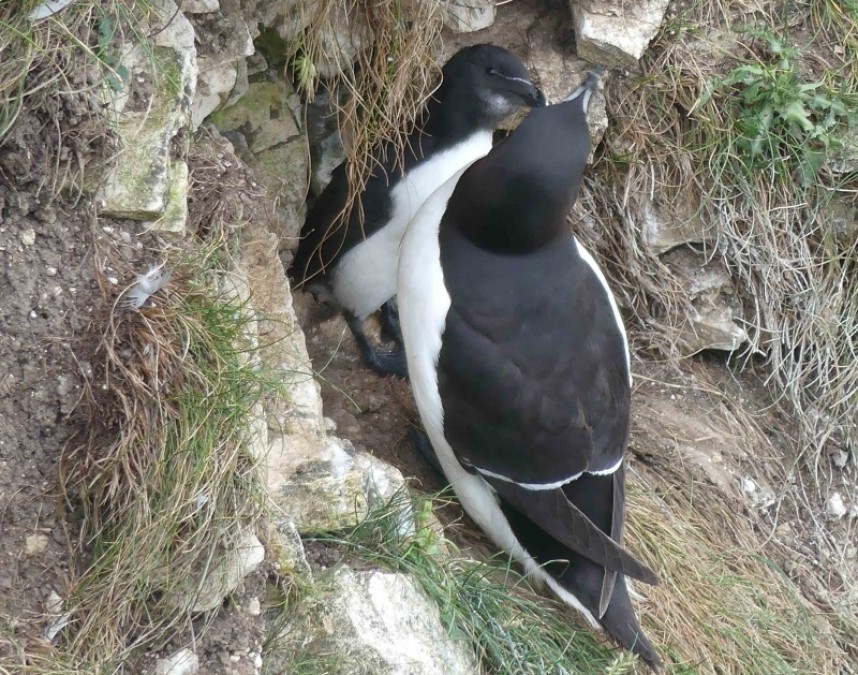
Razorbill nest with chick © Margaret Boyd
Nesting sites and nests themselves vary considerably between species and within habitats and the descriptions of such are endless. Within your own garden, the woodpigeon can balance its eggs on a pile of broken twigs, whereas the intricacies of a long tailed tit nest will astound you, tiny down feathers held together by strands of moss. On the expanse of chalk cliff, gannets will construct and line their large nest from an array of natural and often man-made materials, rebuilding on past sites for many years. On the same cliff face razorbills and guillemots build no nest at all, laying their single eggs directly onto the ledge itself.
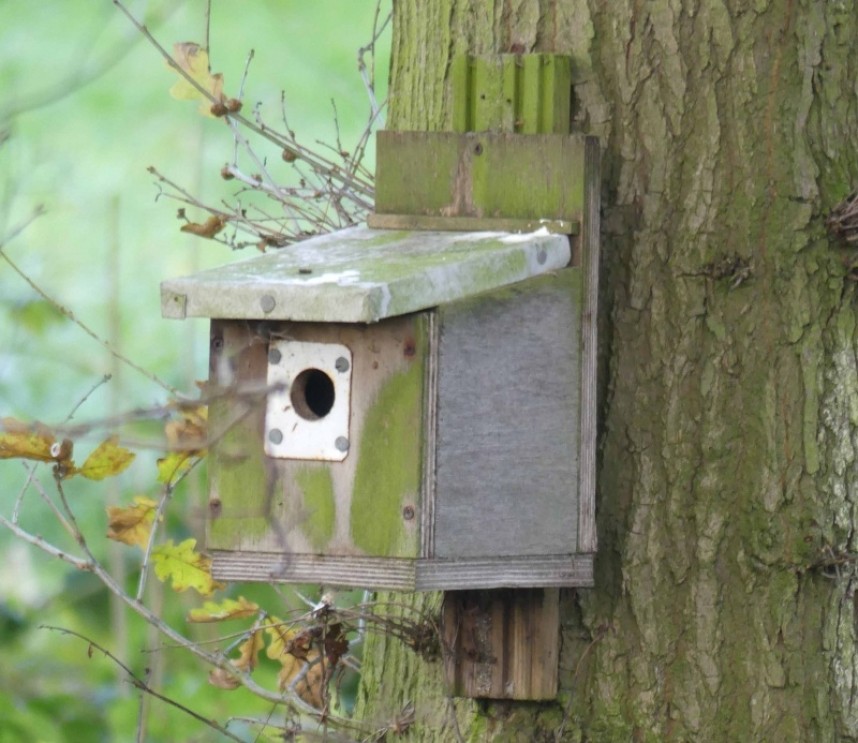
Great Tit nest box © Margaret Boyd
Man-made nest boxes are similarly varied in design. The first modern style nest box was built and erected in the early 19th century by the conservationist Charles Waterton for use on his reserve. Simple tit boxes with frontal, circular openings have long been the mainstay of our gardens to encourage small birds to nest closer and closer to habitation and many of us now even install cameras to watch the story of egg to fledgling unfold from the comfort of inside. As well as encouraging wildlife and in particular birds to use our gardens as feeding stations, we can erect a range of boxes to provide suitable nesting sites too, where once they might have used nooks and crevices in dead trees or old buildings.
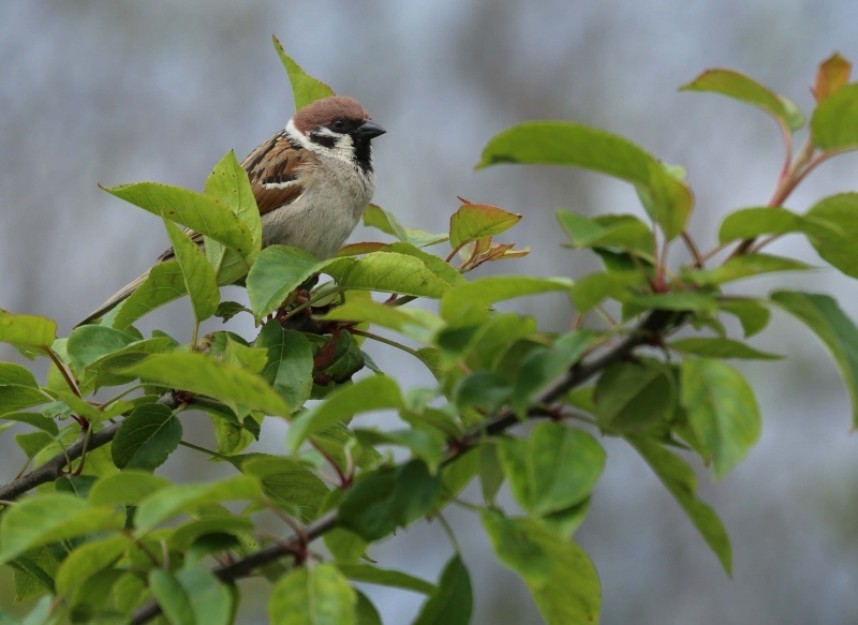
Tree Sparrow © Richard Baines
Birds such as house and tree sparrows are sociable breeders and prefer to nest in colonies, so erecting groups of boxes close to each other is ideal. A great place to see this strategy in action is at Bempton RSPB reserve. The reserve saff have been doing a great job looking after their Tree Sparrows for many years now. In 2020 an impressive 274 chicks fledged from 40 nest boxes!
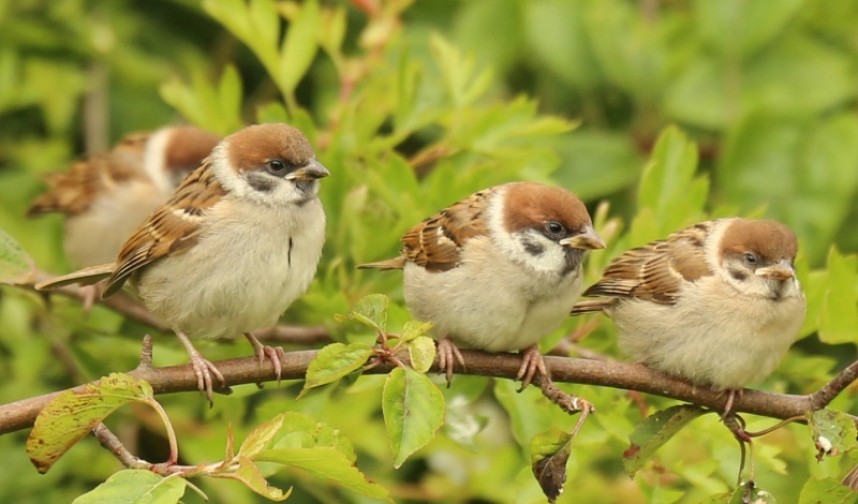
Tree Sparrow chicks just out of the nest at Bempton RSPB reserve © Richard Baines
The average number of eggs in each box was 4.7 the same as in 2019. Three Sparrows also love deeper nest boxes than other songbirds (see photo from Bempton below). The taller box allows them to build their deep nest.
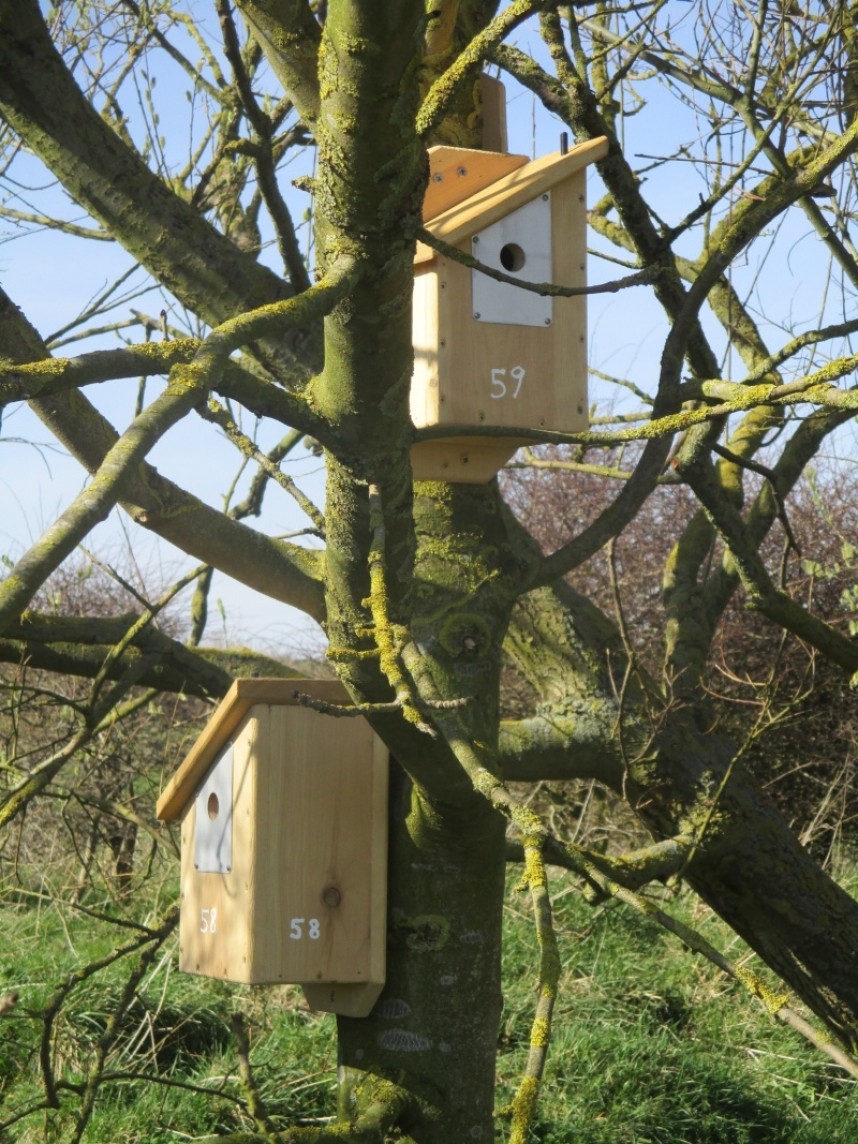
Tree Sparrow nest boxes at Bempton RSPB
Robins have been found nesting in the most bizarre places; a jacket pocket hanging in a shed, a broken teapot and even a saucepan. But in terms of nest box design Robins prefer open fronted boxes, sited within a bush but allowing free flight access to the box. On our own houses, house martin and swift nest boxes allow these species to once more nest within towns and cities, the man-made boxes replacing blocked up gable ends and sealed roofs and walls of renovated and modern houses. In more rural habitats, 70% of barn owls now nest in man-made boxes, rather than the traditional old barns, many of which are now residential buildings.
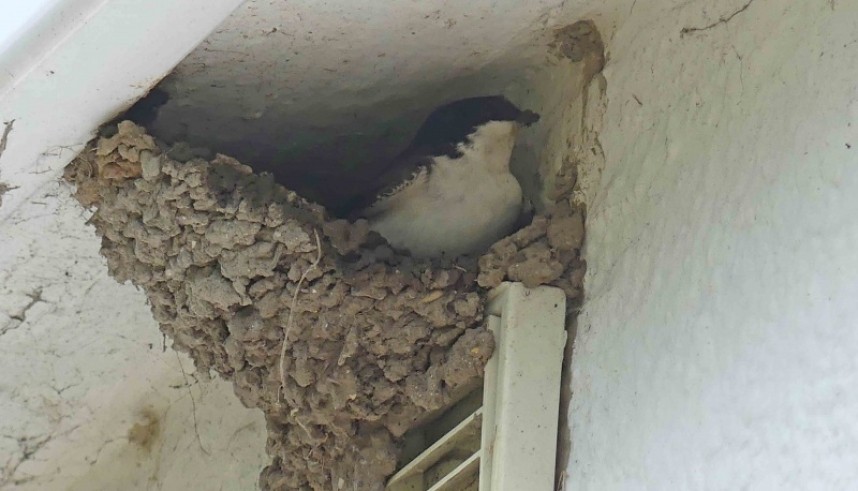
House Martin nest © Margaret Boyd
If you are still to put up your nest box then try to do so within the next couple of weeks. The most important things to consider when siting any nest box is to make sure that its occupants are safe from predators and the effects of poor weather. Out of reach of the neighbour’s cat and facing north or north east will shelter the growing brood from direct sun, wind and rain that predominantly comes from the west. And if it doesn’t get occupied this season then nest boxes can provide vital roosting sites for small birds throughout winter. The record number of wrens found in one nest box during winter was a staggering 60 birds!
Margaret Boyd and Richard Baines YCN



 Back to Blog
Back to Blog
